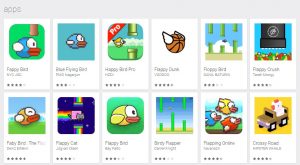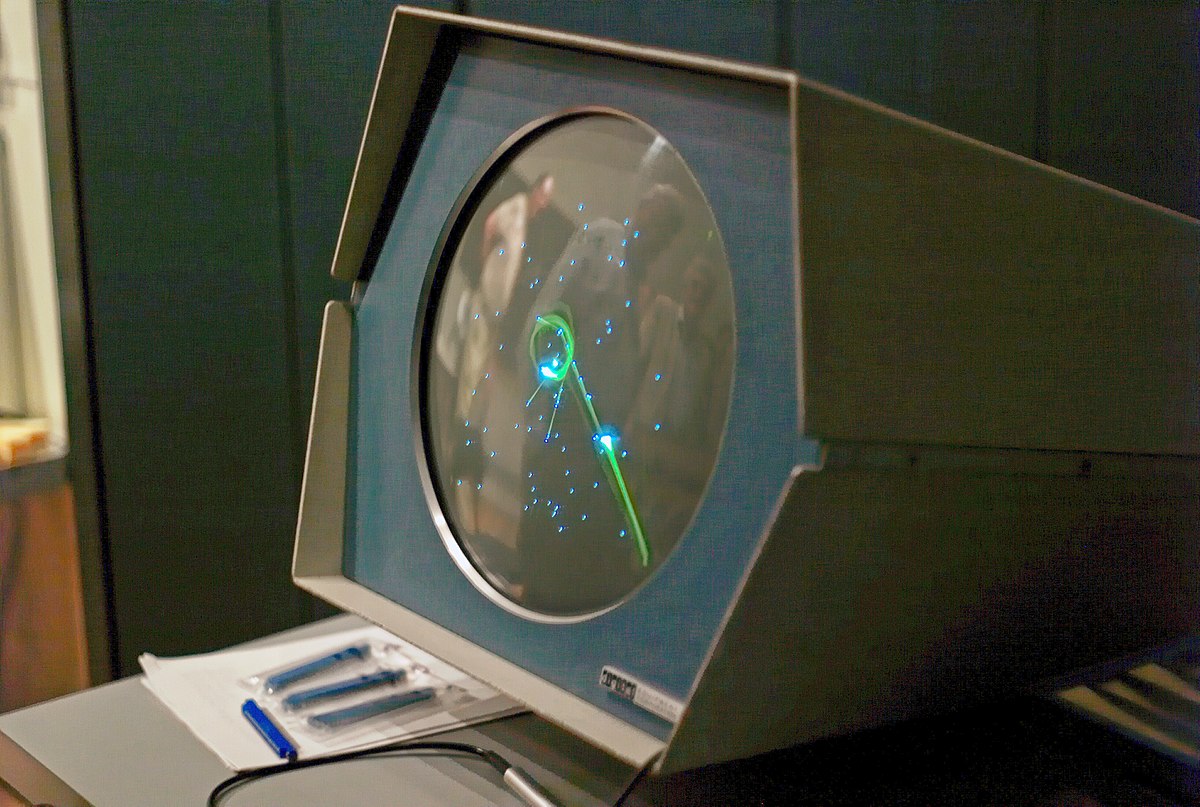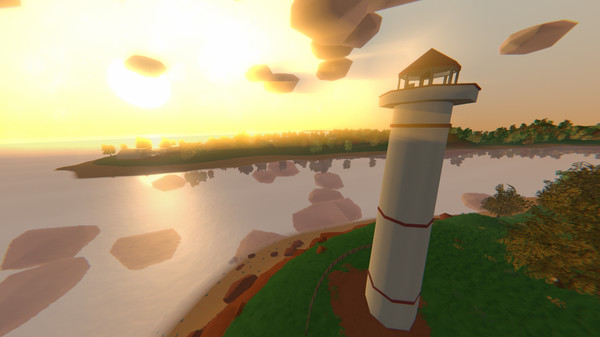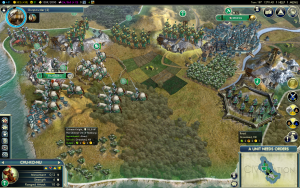Reseach and Communication skills was a module that involved skills that I have had little experience with. However, this module has definitely helped me improve these to a point where I am happy and confident to complete a similar task. I had written essays before, but never in the form of a blog so this challenged me to create a blog post that I was not only happy for myself to read but also every other student at WSA.
When choosing the question pairs to answer, I made sure to plan in my mind how I could answer each question. In the end, it often came down to the question I understood the most. I always felt somewhat confident with the question I chose as I didn’t want to end up answering the wrong question in my blogs or to ramble about something I wasn’t entirely sure on. I did notice, however, that some questions, such as HCI, I started writing and realised that the question was a lot harder to answer than I initially expected. This pushed me out of my comfort zone and I found it harder to get my point across.
This module has helped me think a lot about aspects of video games that I hadn’t really thought about before. The interactive narrative blog really got me interested in how games can be based on the narrative and the dialogue and not just the gameplay. I enjoyed writing about AI as this is something that I had an interest in before and also, it gave me a lot of information to write about as the topic of AI particularly broad.
I have improved a lot in researching skills and I had noticed that there are a lot more places of information than Wikipedia pages. I had used Harvard referencing before at A-level however not to the extent that I have on these blogs and this has really helped me improve on this. I hadn’t really ever written in a blog format before either, so the module has helped me improve my writing skills so that much that I feel I am writing in a much more professional way.
In the future, I’d definitely complete each blog before getting a new set of questions. This would mean I wouldn’t have to worry about extra work and would also mean that a potentially better quality blog post could’ve been produced.
I have enjoyed this module a lot more than I thought I would as writing and researching weren’t my strongest skills when starting the course. I found that the lectures both informative as well interesting which really helped to develop these skills.











